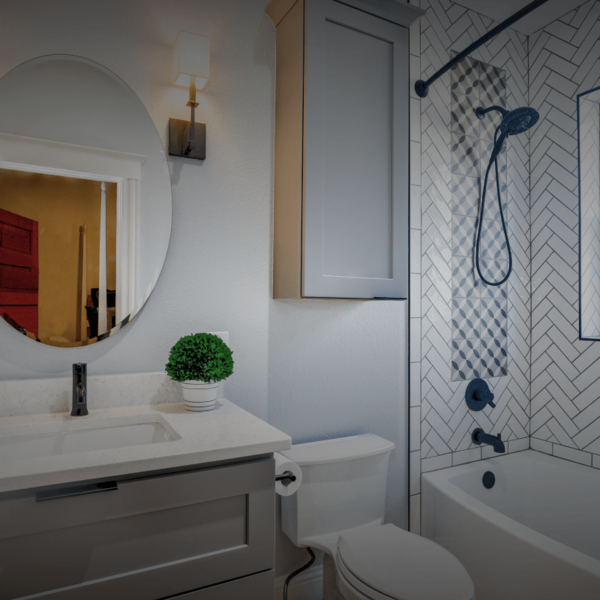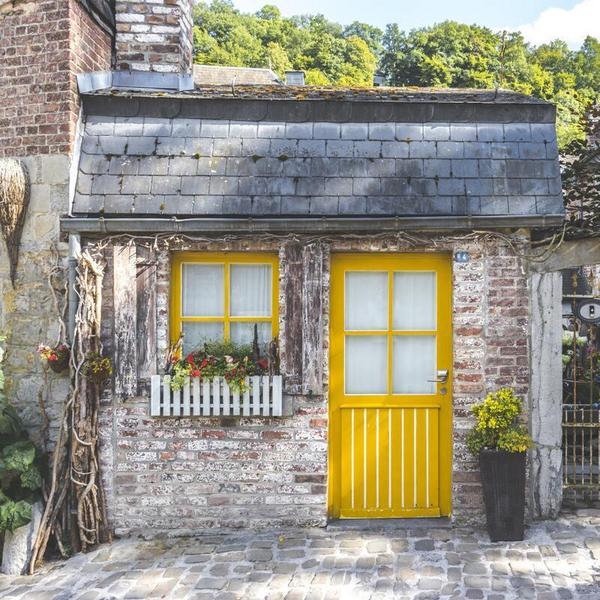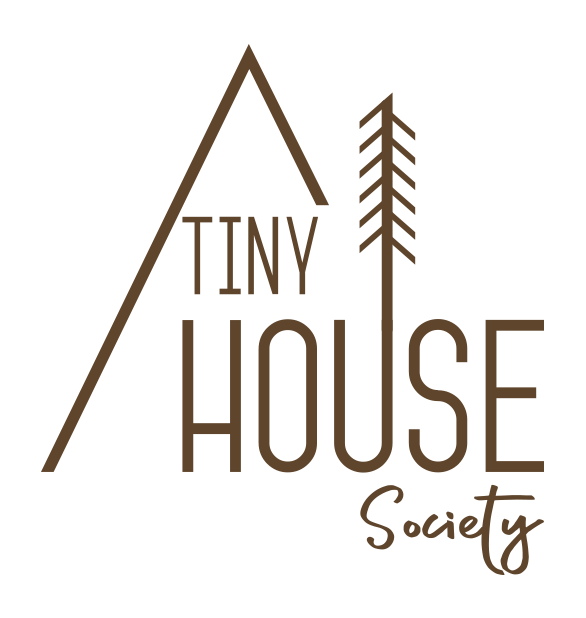How Much Does a Tiny House Cost?
One of the reasons that the Tiny lifestyle is attractive to so many people is that a Tiny House carries a tinier price tag than a conventional house. But how tiny is that price tag, really? Let’s take a look at the bottom line and options for getting a Tiny House of your own. Before we get into numbers, note that all figures quoted are in US Dollars.

The Cost of Building Your Own Tiny House
How much does it cost to build your own Tiny House?
The “budget-friendly” option to acquiring a Tiny House is to build it yourself. There are endless materials and design choices that will affect the final price tag of your tiny home.
So, what is the average cost?
Total materials costs for a DIY Tiny House are averaging $25,000 - $30,000. Any hired labor would be additional.
The following list is a sample of what a typical Tiny House might involve.
Itemized Tiny House Materials Cost List:
- Trailer (Tumbleweed 20’ trailer): $5300
- Lumber, sheathing & house wrap: $3200
- Rigid foam insulation: $1200
- Siding: $2500
- Roofing: $800
- Windows: $320 each
- Skylight: $400
- Exterior door: $400
- Interior paneling: $2000
- Flooring: $350
- Cabinetry & countertops: $800
- Hardware: $250
- Finishes: $500
- Electrical components: $500
- Plumbing components: $700
- Propane components: $320
- Tankless water heater: $1200
- Light fixtures & fans: $500
- Composting toilet: $960
- Shower: $450
- Kitchen sink & faucet: $250
- Refrigerator: $1200
- Stovetop: $180
- Clothes washer: $500
- Tiny house plans: $760
- Total (assuming 4 windows): $26,500
Tips for Minimizing the Cost of a DIY Tiny House
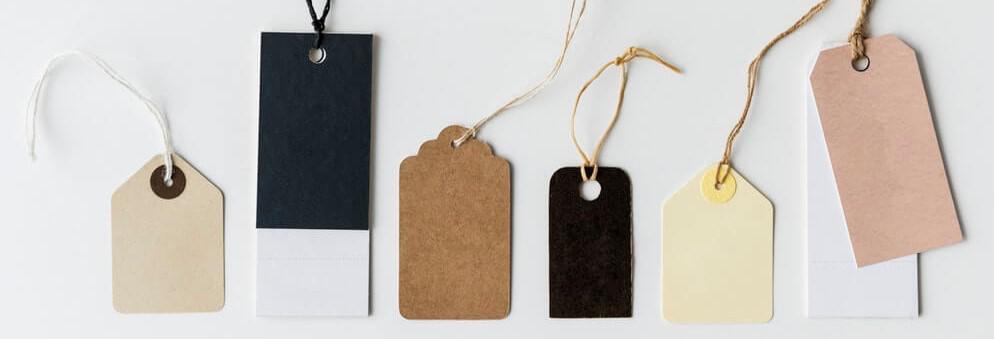
Here are a few ways to minimize the cost of your Tiny House DIY build project:
-
Volunteer labor! Are friends and relatives willing to grab a hammer and help out? Do they have applicable skills? If you have an electrician buddy or a friend who knows her way around a welding torch, this can save you some big bucks in hiring the expertise or dealing with the learning curve yourself.
-
Are you willing to use recycled or scavenged materials?
- Habitat for Humanity stores are a great place to find recycled materials.
- Join your local Buy Nothing Group via Facebook- this is a great resource for finding free labor and skilled help as well as construction materials. No money is exchanged when using Buy Nothing.
- Craigslist is also still a viable resource for finding hired help and budget—or free– materials.
-
Find out if your area has a tool library. There’s usually a nominal membership fee, but the ability to borrow many or all of the tools you need to do the job can greatly reduce your expenses.
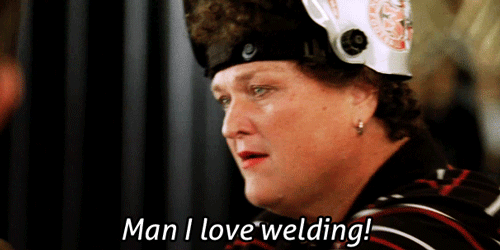
- Purchasing a set of Tiny House plans is less expensive than hiring an architect (you can purchase your tiny home plans right here). And using free Sketchup software to create your own set of building plans will save you even more.
- Keep it tiny. The larger your house, the bigger the price tag. If you’re building on wheels, the trailer is one of the biggest ticket items on your materials list. The price goes up quickly with the size. Average Tiny House size has been steadily increasing over the past five or so years. Talk to a Tiny House ‘veteran’ if you need convincing that twenty feet is plenty. Okay, maybe not if you’re a family of five with a Great Dane and three cats. Tiny Houses are certainly not a one-size-fits-all endeavor.
- Consider your location. Different locales have different price points for materials and labor.
Buying a Tiny House Shell & Finishing the Interior Yourself
Another option that is still relatively budget-friendly is buying a Tiny House shell and finishing the interior yourself.
- This option eliminates the risk of the more serious potential structural errors that might make a DIY construction newbie nervous. Installing cabinets and appliances, and applying finishes are less critical endeavors.
- And these tasks can be done at a leisurely pace since the building is enclosed and protected from the elements. Besides being able to do the work in your after-job hours, you also have more time to look for deals or salvage opportunities for your supplies. And you may be able to start living in the space before it’s completed.

Here are a few samples of Tiny House shell prices:
- Tiny House Basics sells a 12’ Tiny House shell for $9,000.
- Tiny Houses of Maine’s 20’ Acadia model shell is $17,900.
The Cost to Buy a Brand New Tiny House
The fastest and easiest option for acquiring a Tiny House is to buy one ready-made. This is also the most expensive option. A completed Tiny House by a reputable builder currently runs from $35,000 to $110,000 (or higher—there are luxury models to be had for almost half a million bucks).
Here is a small sampling of current new Tiny House price tags:
- Tumbleweed Tiny Houses: 26’ Roanoke Pacific model currently available for $83,000
- Timbercraft Tiny Homes: 20’ basic model starts at $50,000
- Tiny Innovations: 24’ Catalina model starts at $65,000
- Wind River Tiny Homes: 24’ Bumper Pull Tiny House with Level 2 Finishes $62,000
- Modern Tiny Living: 24’ models start at $56,000
- Mustard Seed Tiny Homes: 28’ Juniper model starts at $68,000
Reasons to Buy a Finished Tiny House
- Buying a ready-made Tiny House will save you time. Many Tiny House companies carry in-stock models ready to go. You can walk right up and purchase one like you would a new car. Even if there’s a lead time involved, a Tiny House company have a relatively short construction schedule for its standard models.
- Some Tiny House companies offer their own payment plans, eliminating the need to find financing through a traditional financial institution.
- Tiny House companies offer “tried and true” designs. You may be able to talk to prior customers or read reviews to find out what models and features are the most popular.
A Little About Financing Your Tiny Home
Traditional institutions don’t allow for typical mortgage financing in most cases. Once you have decided if you want to build your own tiny home or simply purchase it from another tiny house owner, you can start thinking about financing. Read the following article If you want to know more about tiny house financing. It’s a great read to see the different options for tiny home funding.
The Cost of a Pre-Owned Tiny House
The price tag for a brand new Tiny House may not be to your liking. And perhaps the DIY building option isn’t either. What might fit the bill instead is buying a pre-owned Tiny House. People are selling their pre-owned Tiny Houses on websites such as https://tinyhouselistings.com/ for anywhere from $1500 to $1.25 million.
Pros and cons for buying a pre-owned Tiny House:
Buying a pre-owned Tiny House may provide the best combination of speed and cost. But you won’t be able to customize it. And it means potentially living with some wear and tear. But you could always put the money you saved into updates or remodels.
Other Tiny House Expenses
There are more costs involved in Tiny House dwelling besides the Tiny House itself:
Foundations
Not all Tiny Houses are built on trailers. There are additional expenses involved with stationary Tiny Houses:
- The cost of the foundation itself, whether concrete slab, piers, posts, floats, or branches (treehouse, anyone?)
- Optional basement or crawl space or root cellar
- Any excavation or grading or other site preparation
The Land
Another cost involved with Tiny House dwelling is purchasing or renting the land on which the Tiny House will sit.
In a work-trade rental situation, or parking on a friend or relative’s land, this cost could be negligible. Or it could be $600 per month or more to rent a parking spot for your Tiny House. $300 per month seems to be about average, depending largely on your location.
If you’re traveling from campground to campground, your monthly rates may be higher.

Towing Expenses
If you’re looking at a mobile Tiny House, you’ll need to get it to your property or rental location (unless you’re building it yourself at said location). If you own an adequately sized truck and are comfortable with towing your house yourself, you won’t incur additional expense here, other than fuel costs. Otherwise, you’ll need to look at some or all of the following:
- truck rental
- hiring a driver
- travel permits (if your Tiny House is over highway-legal size)
- travel insurance (this can be an addendum to your Tiny House insurance, mentioned below)
Utilities
Utilities are another factor, but also one that makes the Tiny House lifestyle more appealing than living in a conventional house. It costs significantly less to heat, cool, and power a Tiny House than it does a standard house.
Alternative energy is also easier to employ for a Tiny Home if you would rather not plug into the grid. And this gains you an additional level of freedom—you’re no longer limited to locations supplied by traditional utilities.
You may be able to include utilities in a flat-rate rental fee agreement with your land host. Otherwise, as a ballpark number, you’re looking at around $10-$30 per month. This can vary quite a bit considering your usage and needs, such as:
- Electricity
- Propane
- Wi-fi
- Sewer
- Water
- Garbage & recycle curb collection
- Cable TV
- Netflix
Home Insurance
Tiny House insurance is an optional but recommended cost to add to your budgeting considerations. Tiny House dwellers are currently reporting that insurance premiums run in the neighborhood of $75 per month.
Tiny Price Tag
There are many reasons to embark on the Tiny lifestyle. The price tag involved, when compared to conventional options, is definitely one to consider.

